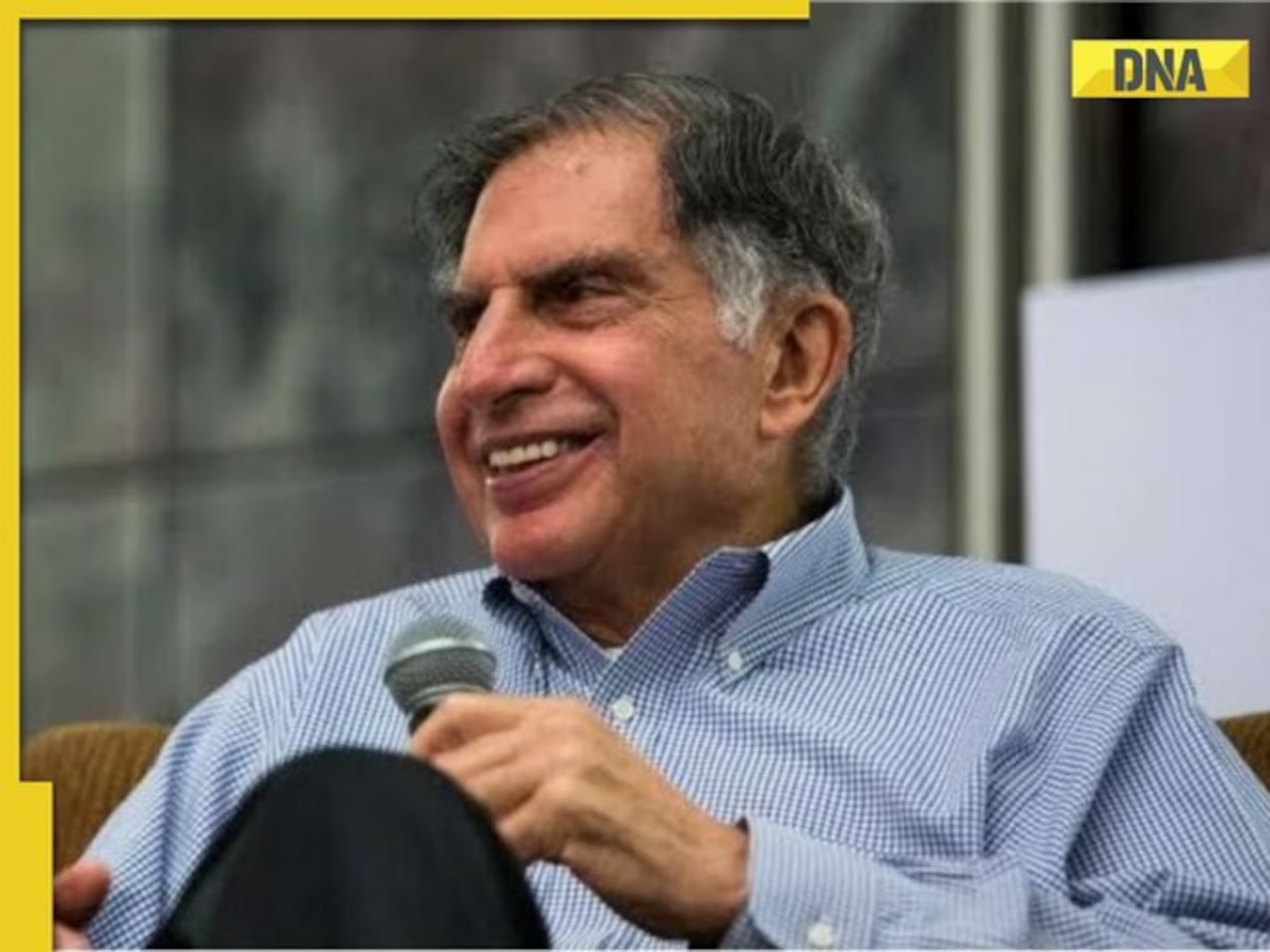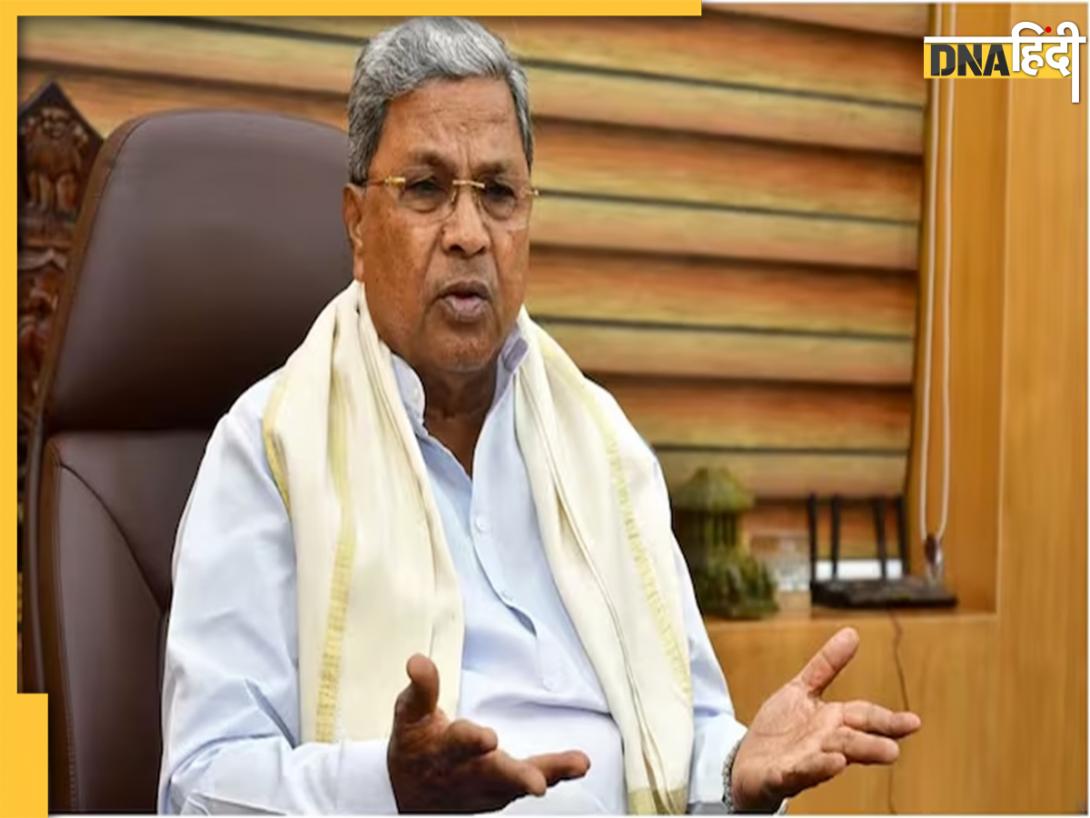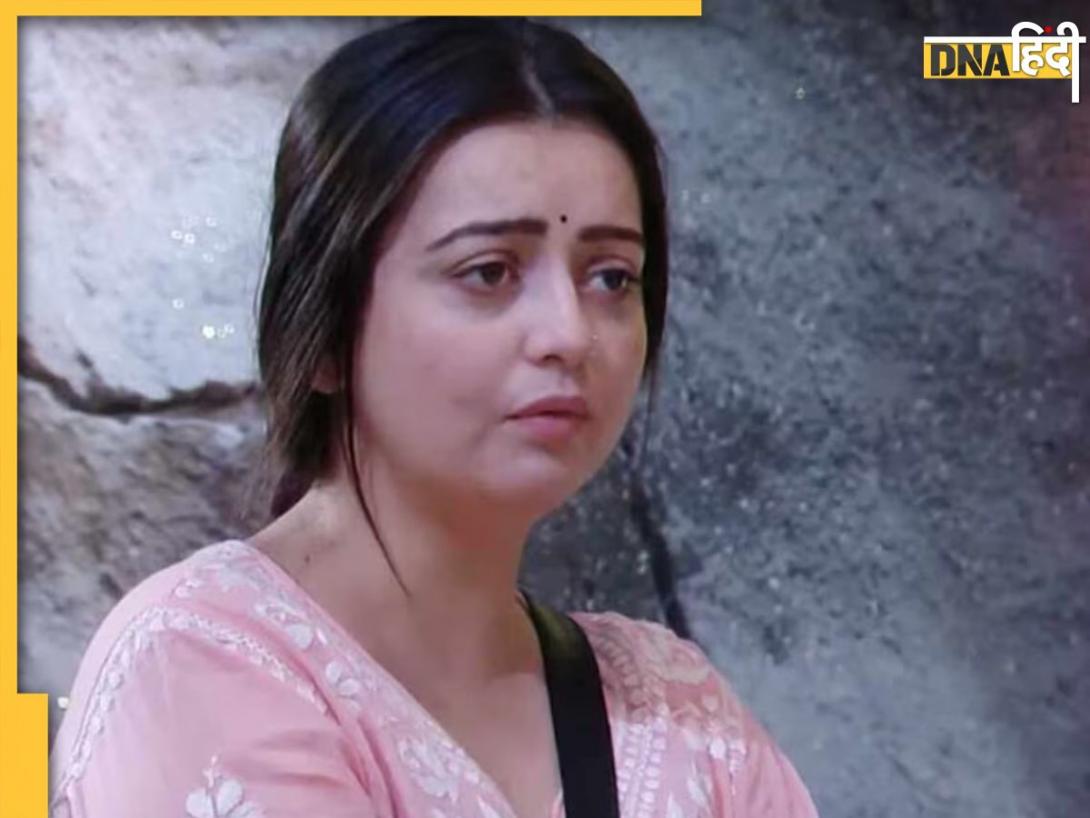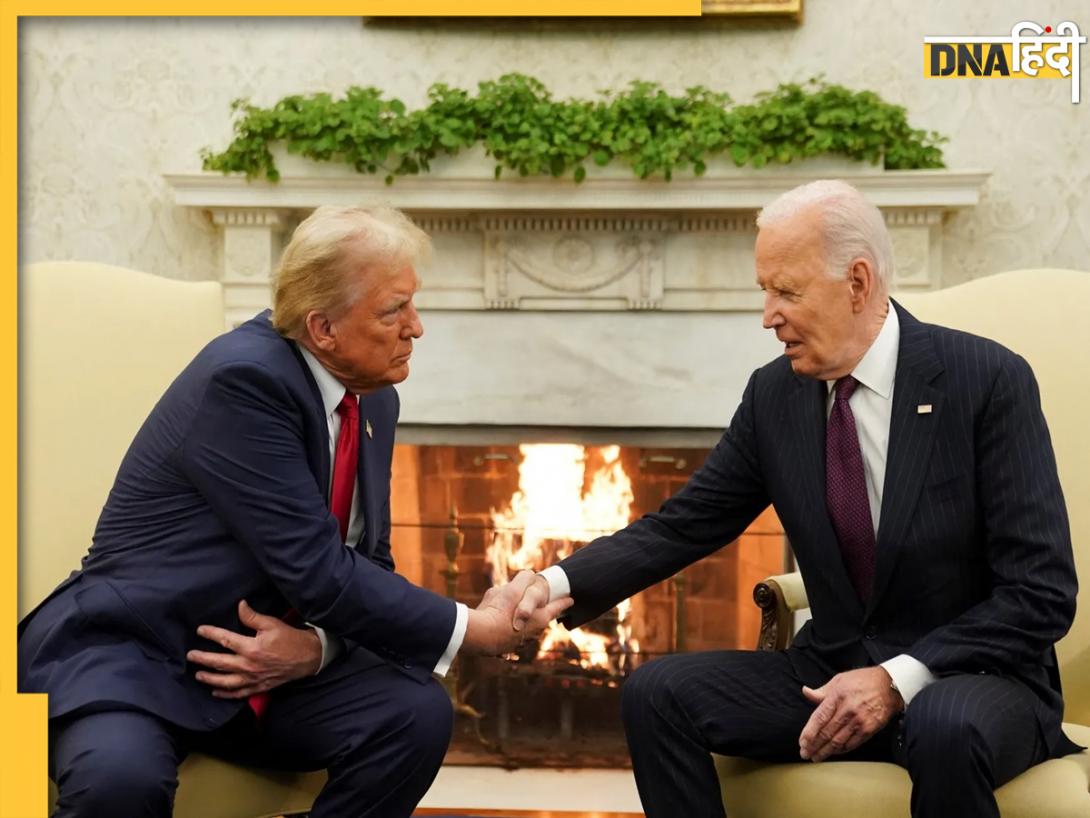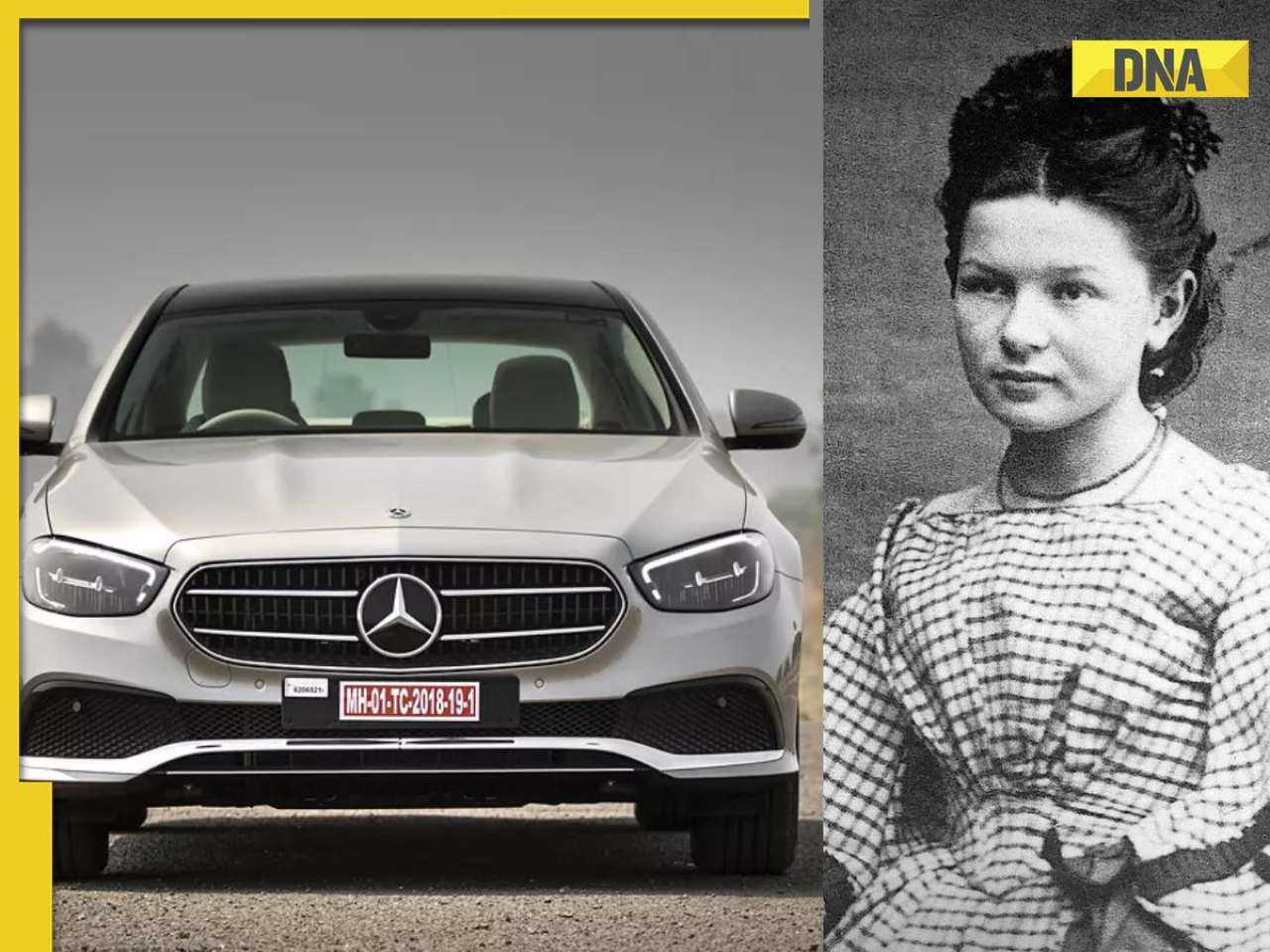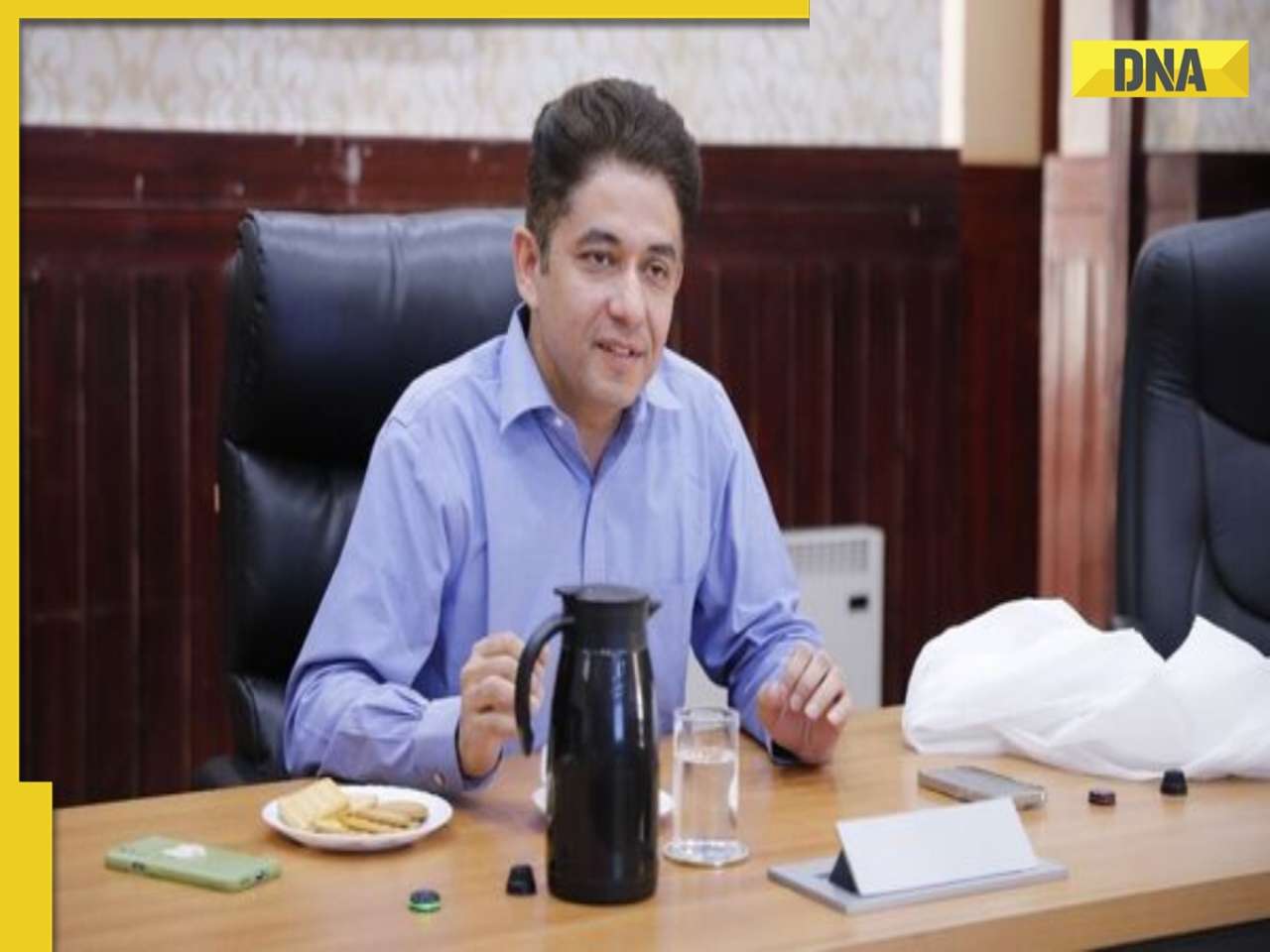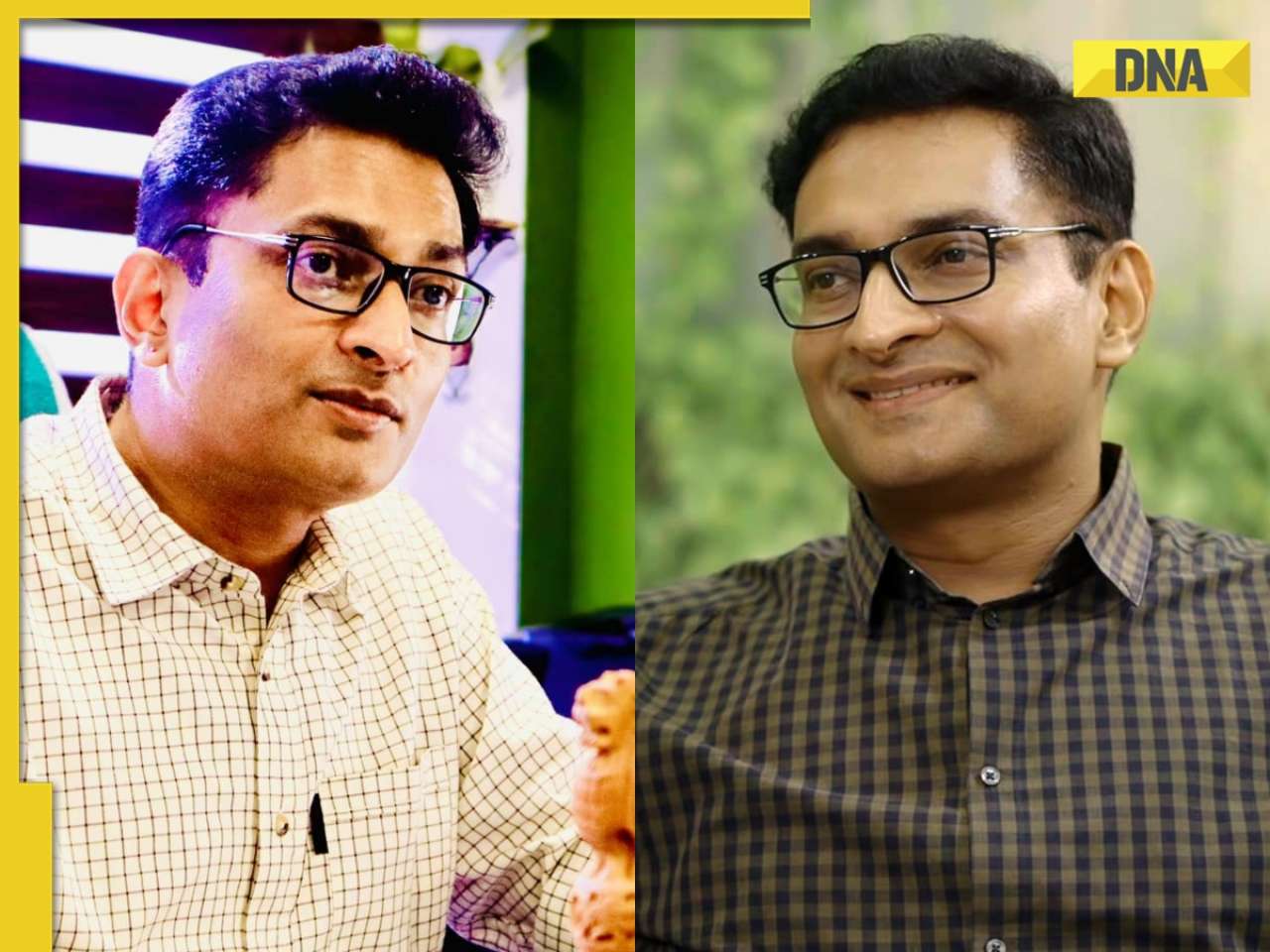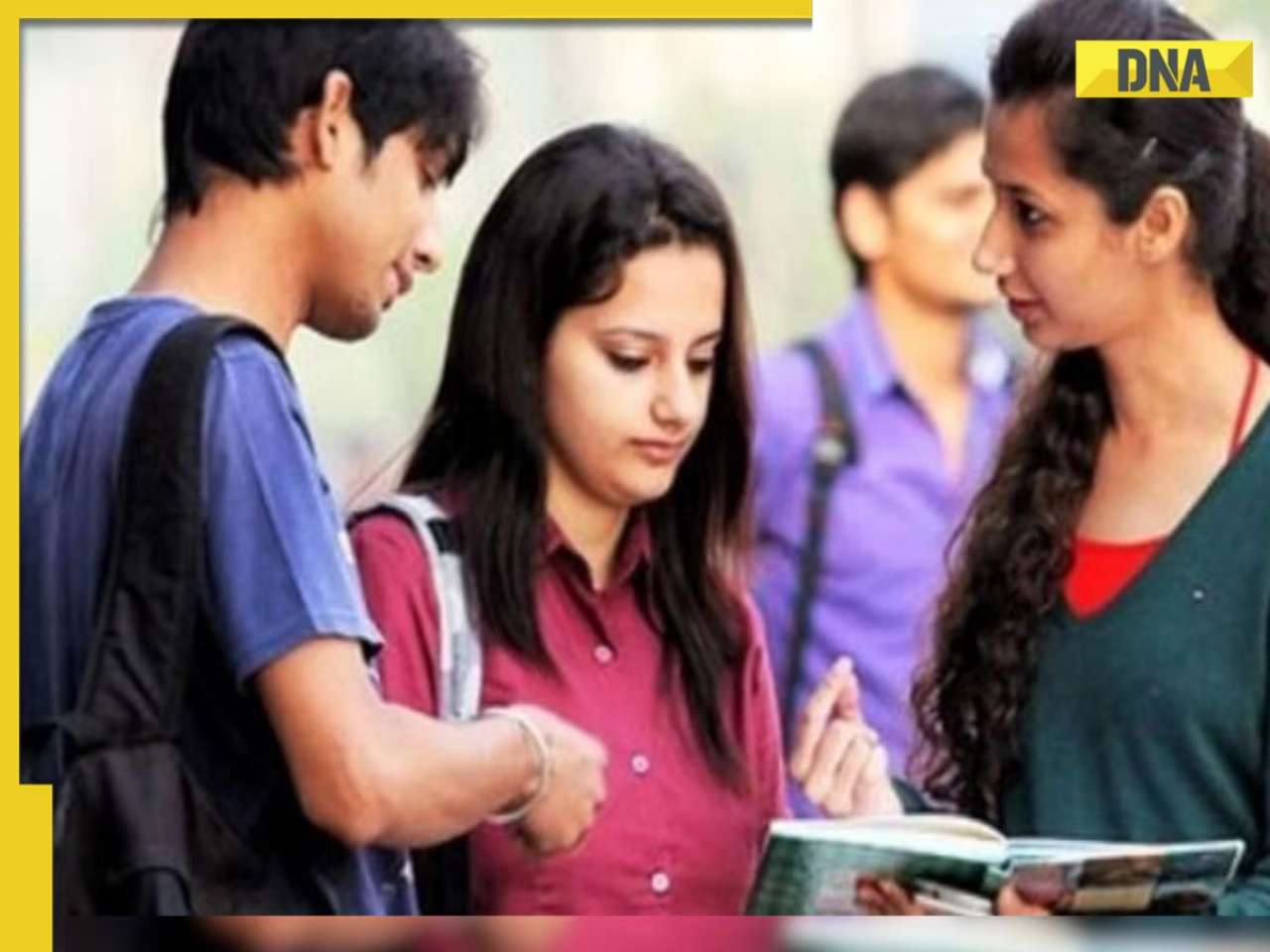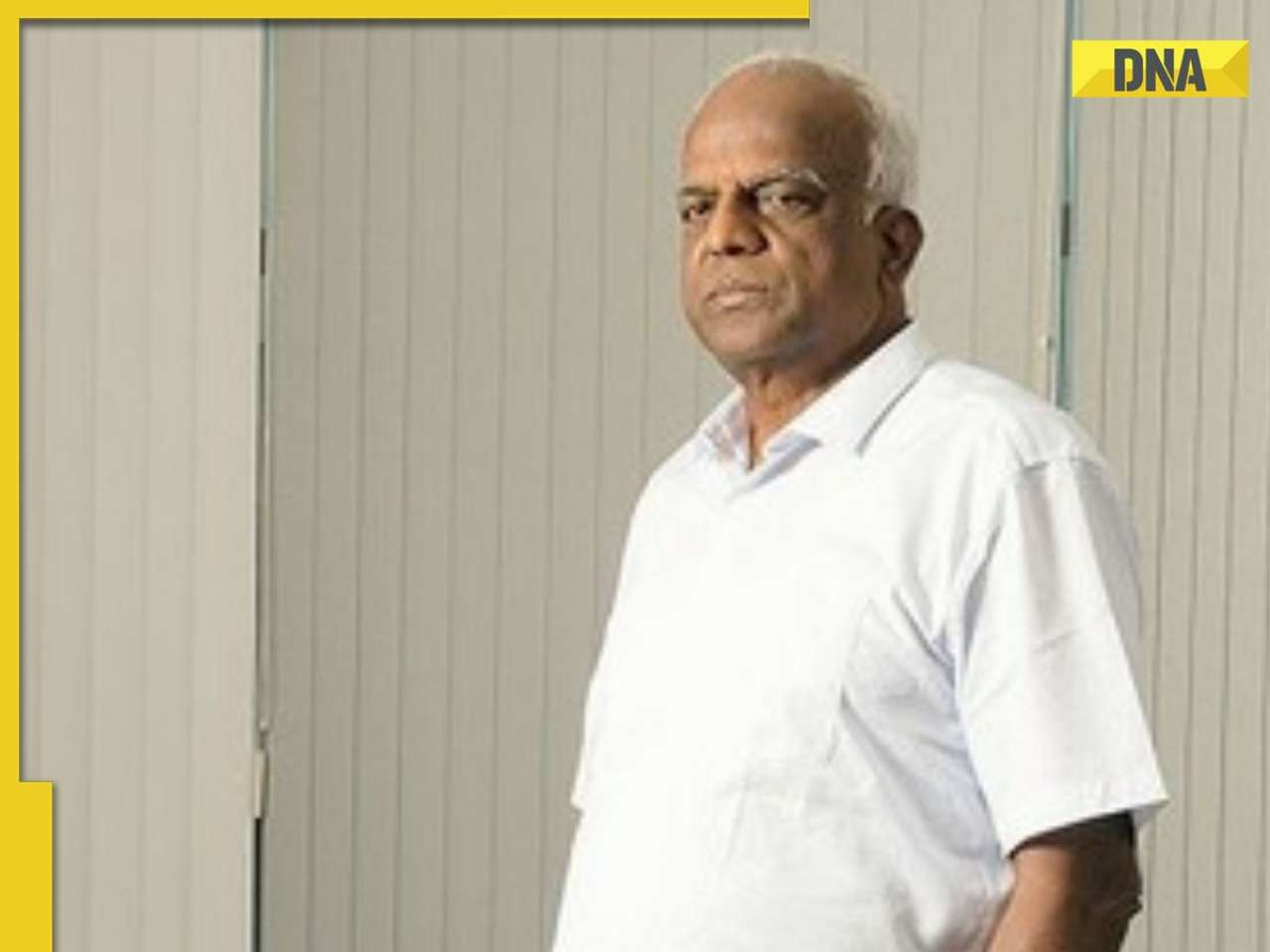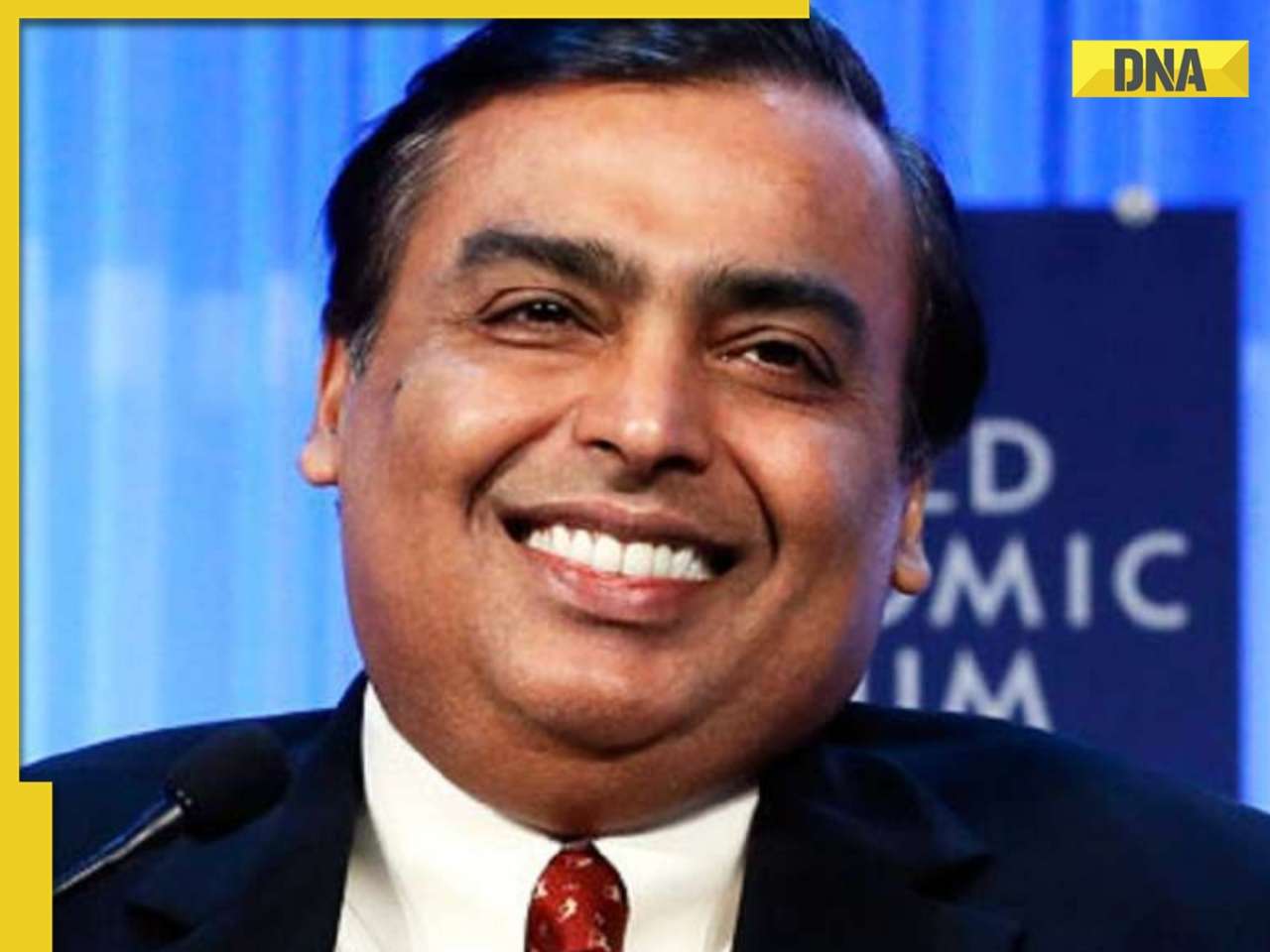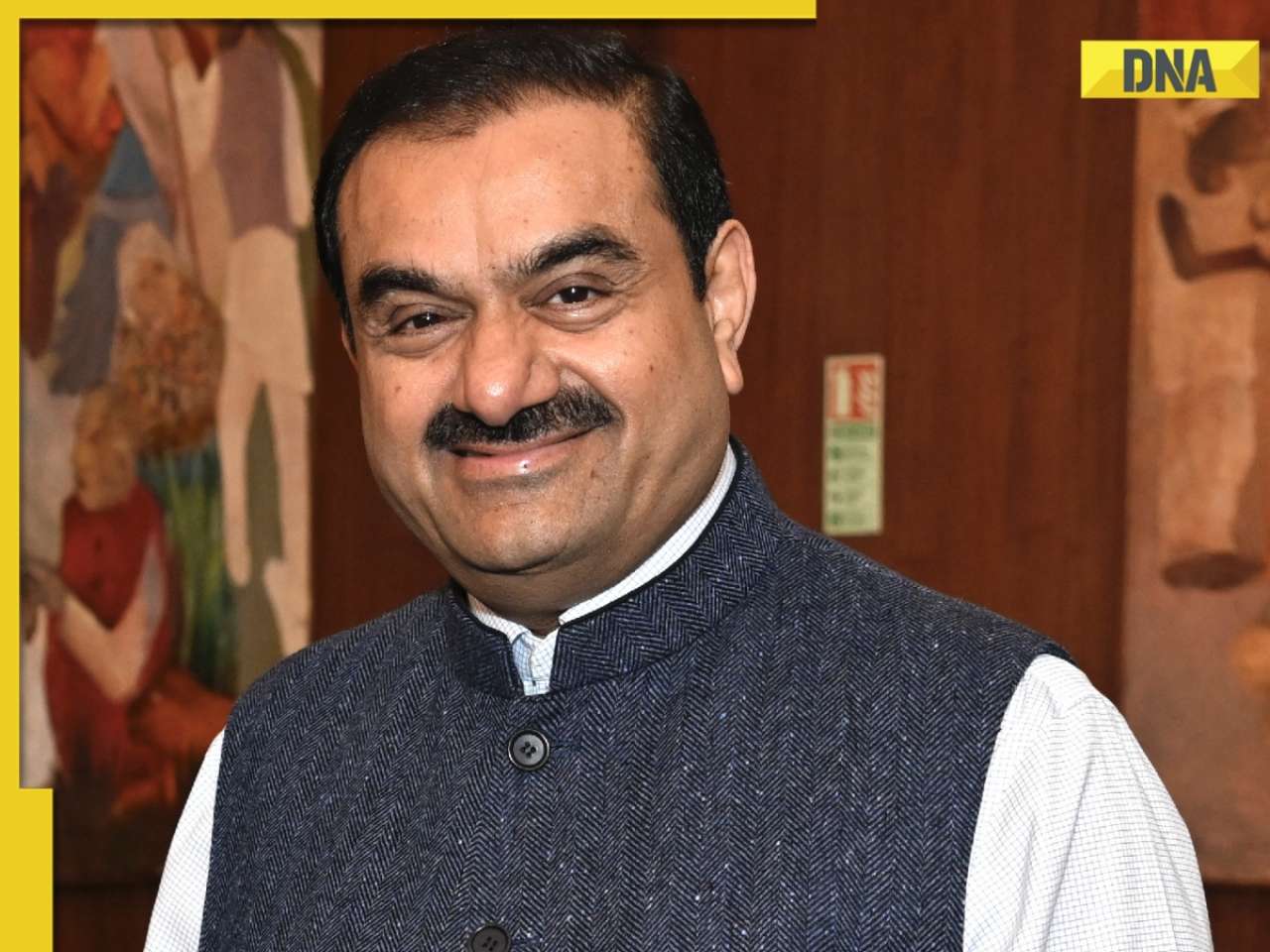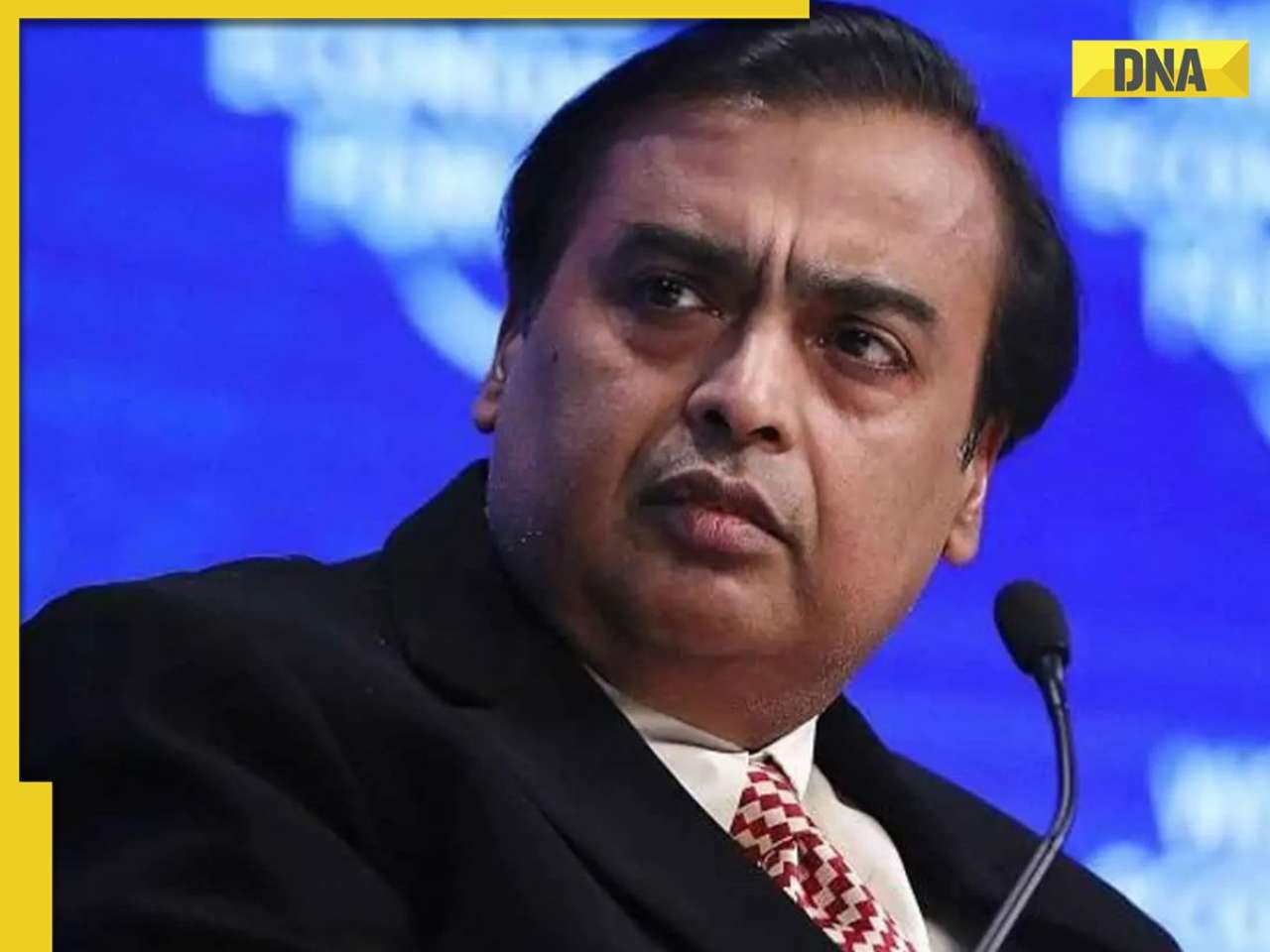- LATEST
- WEBSTORY
- TRENDING
INDIA
With love, From India
Over the centuries, India has given the world its riches — the zero, the first university, the game of chess, and the Vedanta philosophy — and these are just a few of the incredible gifts
TRENDING NOW
India is a country which has been viewed through different prisms by various observers over the ages, from Megasthenes (one of the earliest foreign observers of India during the Mauryan era) to Fa-Hien (a Chinese Buddhist pilgrim who came visiting during Chandragupta II Vikramaditya’s reign) to Al-Beruni (one of the earliest Arabic travellers to the sub-continent to document the residents of Al-Hind, the Land of ‘Hindus’ — pertaining to all the residents of the country rather than a religion) to Ibn Batuta, and finally, Babur, whose dynasty was destined to rule India for the next three centuries. So, what brought these travellers to India? It was the knowledge acquired from achievements of the Indians in various fields — taken to their native lands and later getting it integrated with local ideas as modern knowledge — whether it was the Chinese, the early Islamic travellers or the later ones from the Western world who incorporated them into various innovations during the Renaissance and Enlightenment eras when various oriental sources were translated into European languages.
Zero
The most famous invention of ancient India which revolutionised both medieval and modern computing is the numeral Zero, which arose from the innovative use of the Buddhist concept of Shunya (literally nothing/not self) as a numeral by Aryabhatta, a fifth century mathematician whose work, Aryabhatiya, used it to allot value to numerals by placing shunya before and after numbers. This concept was amplified by Brahmagupta in his seventh century work, Brahmasputha Siddhanta which elaborated the role of zero. The works of these Indian scholars were utilised by Persian mathematician, Mohammad ibn Musa al-Khwarizmi (780-850 AD) in his ninth century work compiled during the Golden Age of Islam under the Abbasid Caliphs. Incidentally, al-Khwarizmi translated shunya employing the Arabic word sifr which implied nothingness, and his book was translated as Algoritmi de numerum Indorum in Latin in the twelfth century with the Latinisation of his name as Algorithm which later became the name for the science of decimal-based numerals. The Italian mathematician, Fibonacci (1150-1250 AD) who grew up in North Africa, used the word zephyrum which became zefiro in Italian and later contracted to zero in most modern European languages. Other achievements by Aryabhatta and successive mathematicians of the period included a near perfect calculation of Pi, astronomical advances like the distance between the Earth and the Sun, the length of the solar year, etc. These achievements have been appreciated by modern astronomers and mathematicians alike for their near accuracy despite limited resources available to them.
Chess
Chess evolved from an ancient Indian game called Chaturanga (literally translating to four limbs) referring to a board game which re-enacted a war with the four important divisions of an army viz Gaja (elephants), Ratha (chariots), Ashwa (horses) and Padati (foot soldiers) apart from the King and his Chief Minister. The game was invented probably in the Gupta period and went to Sassanid Persia where it was later named Shatranj. After Persia’s conquest by the Arabs, cha was replaced with sha and ga with ja to suit the Arabic lexicon as cha and ga do not exist in Arabic language. Chess was then imported to the West where the earliest documented chess set is a twelfth-century walrus ivory set discovered in Lewis in Scotland. Chaturanga, also called Ashtapada referring to its eight columns and eight rows, was also an inspiration for other oriental versions of the game, viz Sittuyin (Burmese), Shoggi (Japanese), etc.
Philosophy and culture
Ancient India exported its cultural and intellectual traditions to Sri Lanka first. It gradually spread to the rest of South-East Asia from there. India’s eminent position as the land of the origin of Buddhism and its schools for Buddhist thought led to a steady stream of knowledge-seekers and pilgrims from entire South-East Asia, especially to the Buddhist sites connected with various events in the life of the Buddha. According to A L Basham, Indian monastic traditions and lifestyle are said to have influenced early Christian ascetics indirectly through a Jewish sect of the Essenes. He also observes similarities between certain sections of the Pali scriptures and the New Testament. He states that Indian philosophical ideas of Advaita Vedanta influenced Neo-Platonism, a philosophy in the West in the Roman period which later influenced Judeo-Christian thought. These influences helped in the creation of a common ground between Sufi Islam and Hinduism which was sought by many saints of the Bhakti movement, like Sant Kabir and Guru Nanak.
India gave a lot of its developments freely to the world before its own intellectual activities and developments came to a grinding halt at the beginning of the medieval period swamped by external influences from the Islamic world and later the Western world.
Ayurveda & surgery
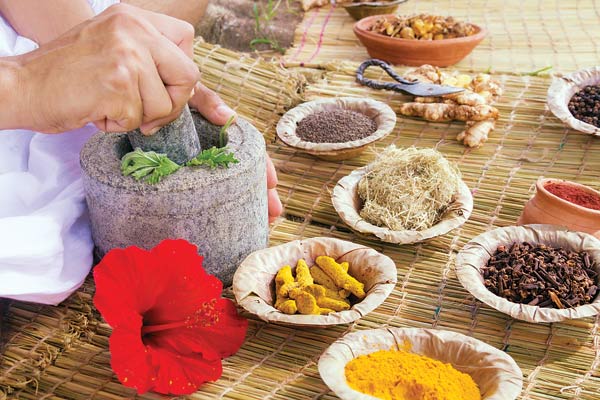
Different kinds of herbs are used in preparing ayurvedic medicine- Thinkstock
Ayurveda had mythological origins and was evolved from the Vedic period however, but later texts like Charaka Samhita and Shusruta Samhita were compiled through experience and edited in the later periods of ancient India. Shusruta Samhita is more commendable for its description of early surgical procedures and instruments to treat surgical diseases like piles, injuries, nasal repair and even plastic surgery. The basics of both Ayurveda and Indian surgery were conveyed to the West in the first centuries of the Christian era in the form of Galenic medicine of the Roman empire which employed similar theories as Ayurveda. Later, Indian surgeons are even credited with passing some of their skills to the modern physicians of the East India Company in the nineteenth century.
Scale and the units of measurement
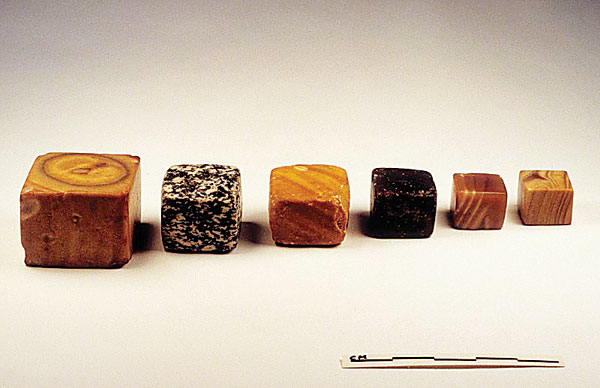
Weights used in the Indus civilisation
The Harappan people were one of the first to have innovated a standard weight and measurements system at around 2600 BC. The weight standard was based on a series of cubic weights made of chert stone with the lowest weight, 0.856 gram with a basic unit of 28 grams. This weight system was exported to Mesopotamia and Central Asia where it was further developed. The Harappans also innovated the first measuring scale whose ivory and bronze specimens have been discovered from Harappan sites with a basic unit of 1.32 inches with minute divisions till 0.005 of an inch. This was practically applied in the measurement of bricks used in all Harappan sites, one of the earliest planned cities in the ancient world.
The Mauryan period saw the development of the measurement of length based on bodily measurements like the breadth of a human thumb, angula (approximately 3/4 of an inch) and the hasta or the cubit and their multiples giving rise to the kos (3.66 km) and the yojana (15 km) as mentioned in the Arthashastra.
The first university of the world
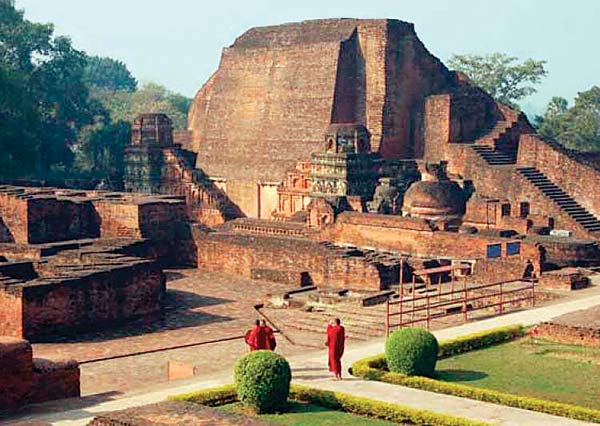
Ruins of Takshashila University
Ancient India established one of the earliest universities in the world at Takshashila (modern Taxila in Pakistan) for higher learning in various subjects like Sanskrit, military arts, statecraft, law, economics taught by experts since 5th century BC. Takshashila University’s famous alumni include Chanakya, Mauryan Emperor Chandra Gupta, Charaka, the physician, and Sanskrit grammarian, Panini. The Takshashila University also served as a religious institution for both Hindu and Buddhist monks for imparting knowledge of various philosophical thoughts with students drawn not only from India but also Sri Lanka. It lasted till the 5th century AD in a period which threw up new centres of learning in all corners of the like Nalanda, Vikramashila, Vallabhi, Odantapuri, Nagarjunkonda and Kanchipuram. However, these later centres became more specialised as schools of special philosophical thought surviving till the Islamic period when many were either sacked or abandoned due to stoppage of state patronage.
Rupee and currency
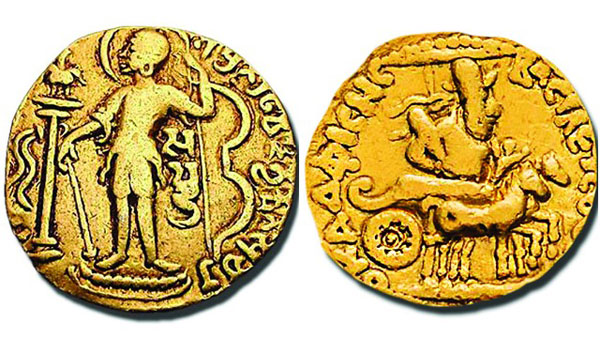
Coins from the reign of Gupta emperor Samudra Gupta (top) and Kushan emperor Vima Kadphises
Ancient Indians developed their own currency independent of foreign influences in the pre-Mauryan period between 7th and 4th century BC with silver coins weighed in multiples of the barley grain and a local seed, ratti. Initial coin series were minted with an indigenous technique which focused on exact weight than shape of the coin, Thus, the quadrangular shaped coins were of fixed weights. These blanks were then impressed with small symbols of plants, birds, animals and even human figures. This gave rise to an early term, rupya to denote the beautiful images on these early coins. The term was re-employed in the medieval period as rupaiya which was anglicised to Rupee by the East India Company. India’s trade with the international powers during the colonial period ensured that the Rupee became one of the most recognised currency terms. The Rupee, thus, became the name for not only currencies of India, Pakistan, Nepal and Sri Lanka but also that of Maldives, Mauritius and Seychelles. It was also the currency for Afghanistan, Burma, Tibet, British East Africa, German East Africa and more.
decoding history
History is a subject that merits discussions and debates beyond the confines of a classroom. Its purpose is to create a sense of inquiry and engage us in
conversations and explorations of the past; because that is what defines our present. Decoding History is a weekly Saturday page where we explore an event in World and Indian history for answers to questions about the past that may lead us straight across the boundaries of nations, empires and civilisations. It is a page to educate and familiarise teens and adults with historical events that continue to hold relevance at a personal, national and global level.
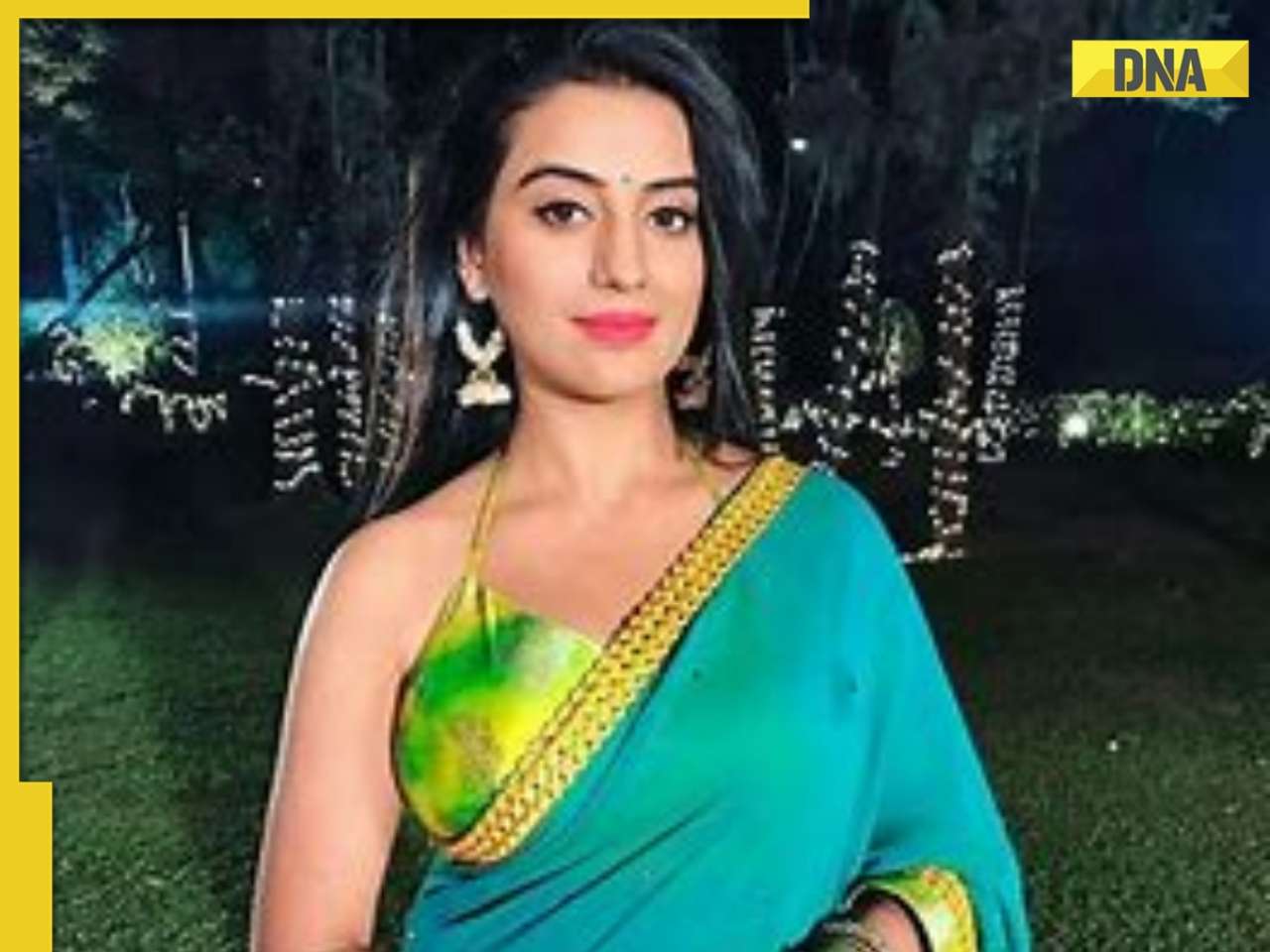
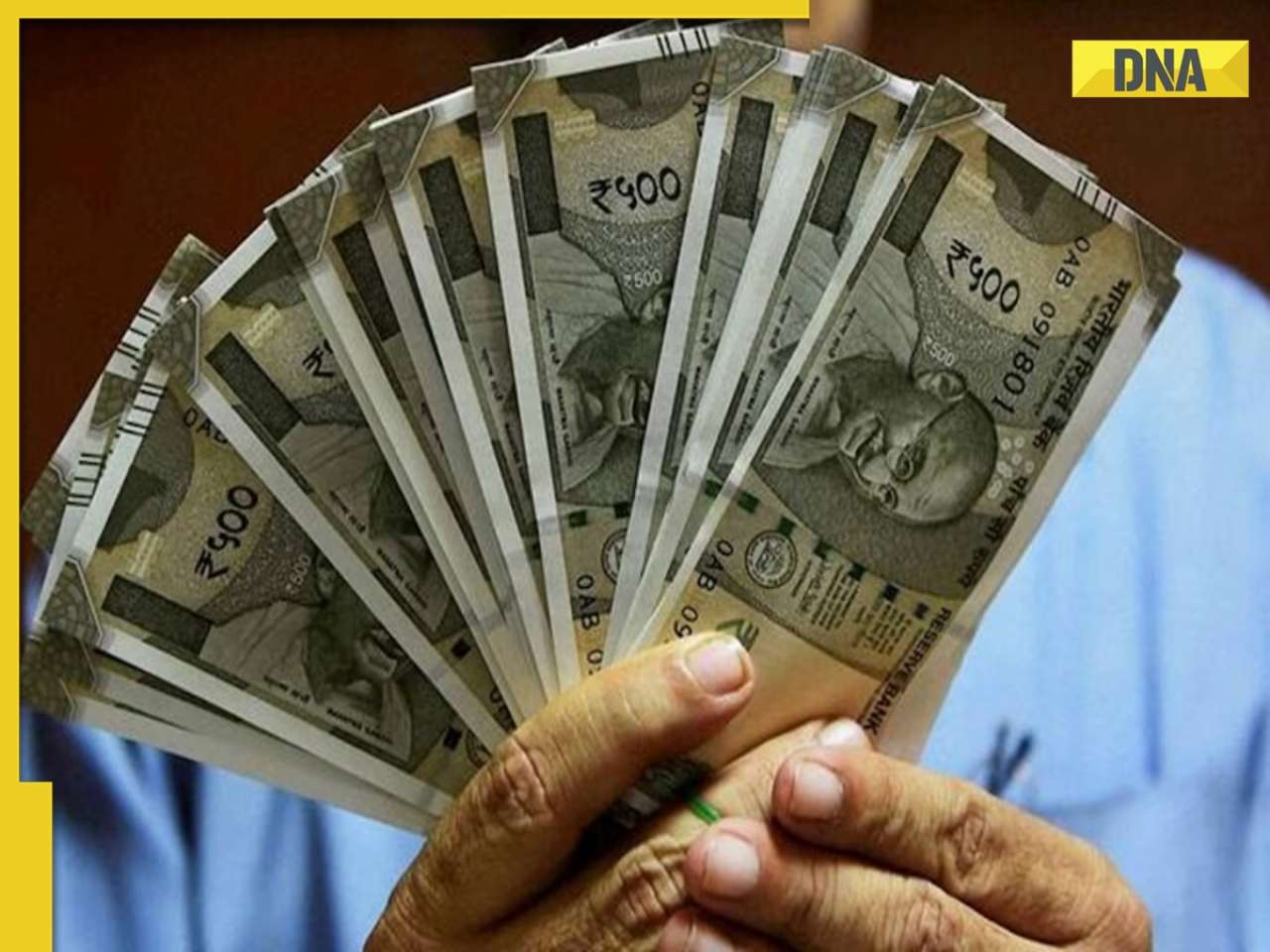



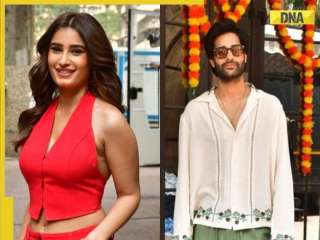

)
)
)
)
)
)
)
)
)
)
)
)
)
)
)
)
























